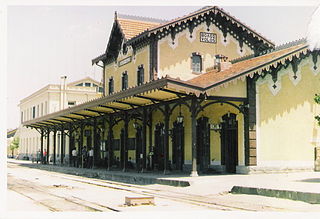
A nice series of three short articles (h/t Gloria Picchetti) in Salon by Michael Lind, explaining the difference between an entrepreneur — who may become wealthy by providing goods and services people want — and a rentier — who seeks to become rich by exacting a toll or tax on productive work.
Lind mentions, in a positive way, the land value tax, and also notes that this isn’t a left/right issue, as labor unions and professional associations can be just as monopolistic as bankers. The negative effects of “intellectual” “property” are noted, altho Lind seems to think that those who profit from patents are “inventors.” Of course there’s no mention of Henry George, but maybe changing our name to “Institute for the Study and Extirpation of the Useless Rich” would be a helpful step.
Salon describes Michael Lind as author of Land of Promise, for which Amazon carries 15 reader reviews. Not all the reviews are positive, but the criticisms seem to focus on his style and attitude, nobody complaining that his analysis is flawed. Lind is also a “co-founder of the New America Foundation,” whose sources of funding are unclear to me but seem to include rentier George Soros.
The remedies Lind suggests are quite centralized, such as changing federal tax laws, and maintaining financial repression with the object of moving people from private savings to social programs. Not what I would propose, but what does a geoist in flyover country have to contribute to this discussion?



 Chicago Park District’s new harbor at 31st street
Chicago Park District’s new harbor at 31st street 